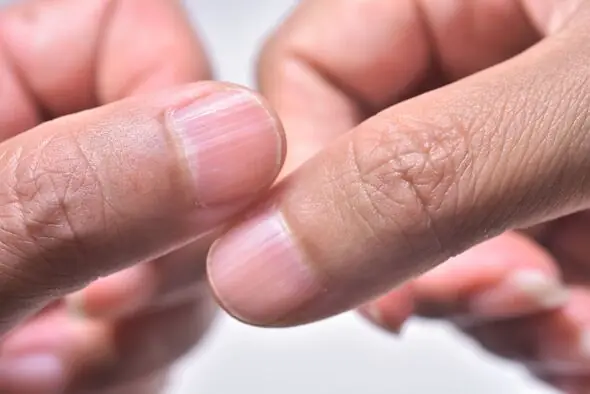
Turn on the Air Conditioner But It’s Not Cool? Try This Method Before Calling a Technician
On a hot summer day, there’s nothing more comforting than relaxing in a cool, air-conditioned room. But what if you turn on your air conditioner and it's blowing warm air instead of the refreshing coolness you expect? Before you rush to call a technician, try these simple steps to troubleshoot the issue. These methods can often resolve the problem and keep your air conditioner running efficiently, saving you both time and money.
1. Check and Clean the Air Filters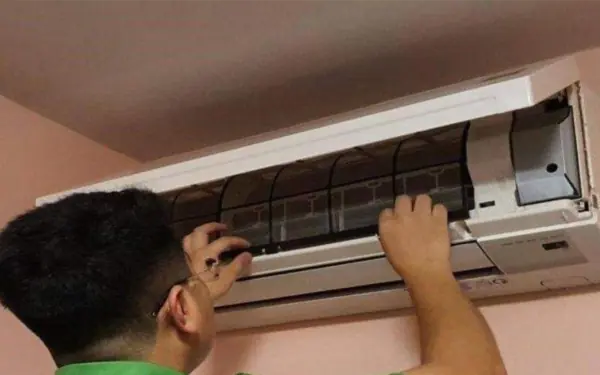
One of the most common reasons for an air conditioner to blow warm air is dirty or clogged air filters. Over time, dust and debris can accumulate in the filters, restricting airflow and causing the unit to work harder while cooling less effectively. Here’s what to do:
- Turn off the AC Unit: Always ensure the unit is off before you begin cleaning.
- Locate the Filters: Depending on your AC model, the filters might be behind the front grille or on the side of the unit.
- Remove and Inspect: Take out the filters and inspect them. If they are dirty, they need to be cleaned or replaced.
- Clean the Filters: If your filters are washable, rinse them with warm water and a mild detergent. Let them dry completely before reinserting them. If they are disposable, consider replacing them every 1-3 months.
2. Ensure the Thermostat Settings Are Correct
Sometimes, the problem might be as simple as incorrect thermostat settings. Here’s how to check:
- Check the Mode: Ensure the thermostat is set to "Cool" mode. If it's set to "Fan" or "Heat," the AC won’t cool the room.
- Adjust the Temperature: Lower the thermostat temperature a few degrees below the current room temperature. This signals the AC to start cooling.
- Verify the Settings: Some modern thermostats have programmable settings. Make sure there are no conflicting schedules that might be overriding your cooling request.
3. Inspect the Outdoor Unit
The outdoor unit, or condenser, plays a crucial role in the cooling process. If it’s dirty or obstructed, it can affect the AC’s performance. Follow these steps:
- Clear Debris: Make sure there are no leaves, dirt, or other debris around the condenser. This can obstruct airflow and reduce efficiency.
- Clean the Coils: The condenser coils can accumulate dirt and grime over time. Use a garden hose to gently spray off the dirt. Avoid using high pressure as it can damage the coils.
- Check for Obstructions: Ensure there are no objects or plants blocking the airflow around the outdoor unit.
4. Inspect the Refrigerant Level
Low refrigerant levels can cause the AC to blow warm air. While checking and refilling refrigerant should generally be done by a professional, you can look for signs of a potential issue:
- Frost on the Coils: If you notice frost or ice on the indoor or outdoor coils, it could indicate a refrigerant leak.
- Hissing or Bubbling Sound: Unusual noises from the unit can also signal a refrigerant leak.
If you suspect a refrigerant problem, it’s best to contact a technician as handling refrigerant requires specialized equipment and knowledge.
5. Reset the AC System
Sometimes, a simple reset can resolve minor issues with your AC unit. Here’s how you can do it:
- Turn Off the AC: Switch off the AC unit from the thermostat.
- Cut the Power: Turn off the AC unit’s power at the breaker box for about 5 minutes.
- Turn It Back On: Switch the power back on and set the thermostat to "Cool" again.
6. Check the Air Vents
Blocked or closed air vents can prevent proper airflow and reduce cooling efficiency. Make sure:
- Vents Are Open: Ensure all air vents in the room are fully open and unblocked by furniture or curtains.
- Clean the Vents: Dust and debris can also clog the vents. Use a vacuum or a soft brush to clean them regularly.
By following these steps, you might find that your air conditioner starts cooling more effectively without needing professional help. However, if these methods don’t resolve the issue, it might be time to contact a technician for a more detailed inspection.
News in the same category

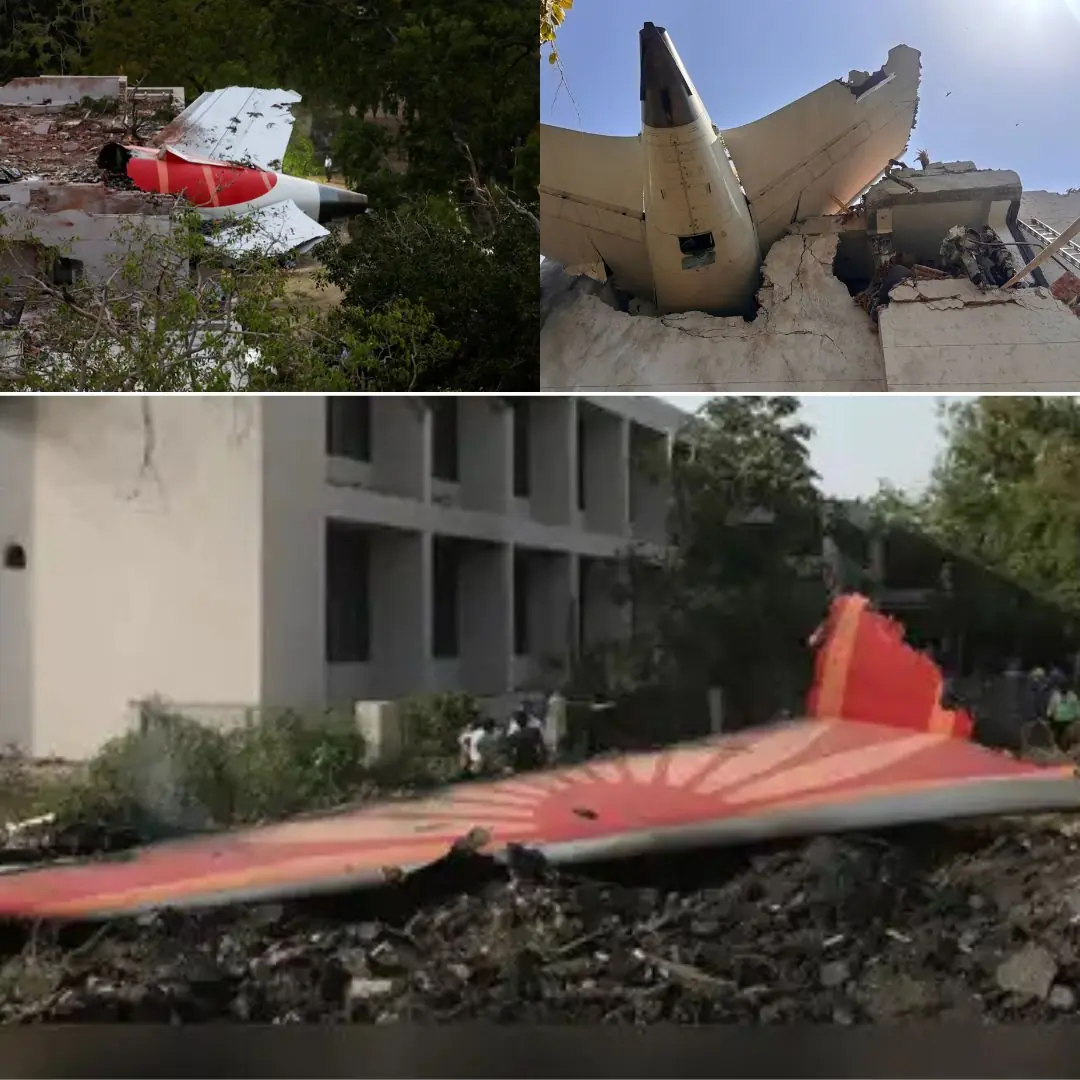
Air India plane crash: reactions from across the world

RM, V, Jung Kook, and Jimin will soon be discharged from the military

Experts Warn of Rising Bird Flu Th.r.eat: Could Avian Influenza Become the Next Pa.nd.emic?
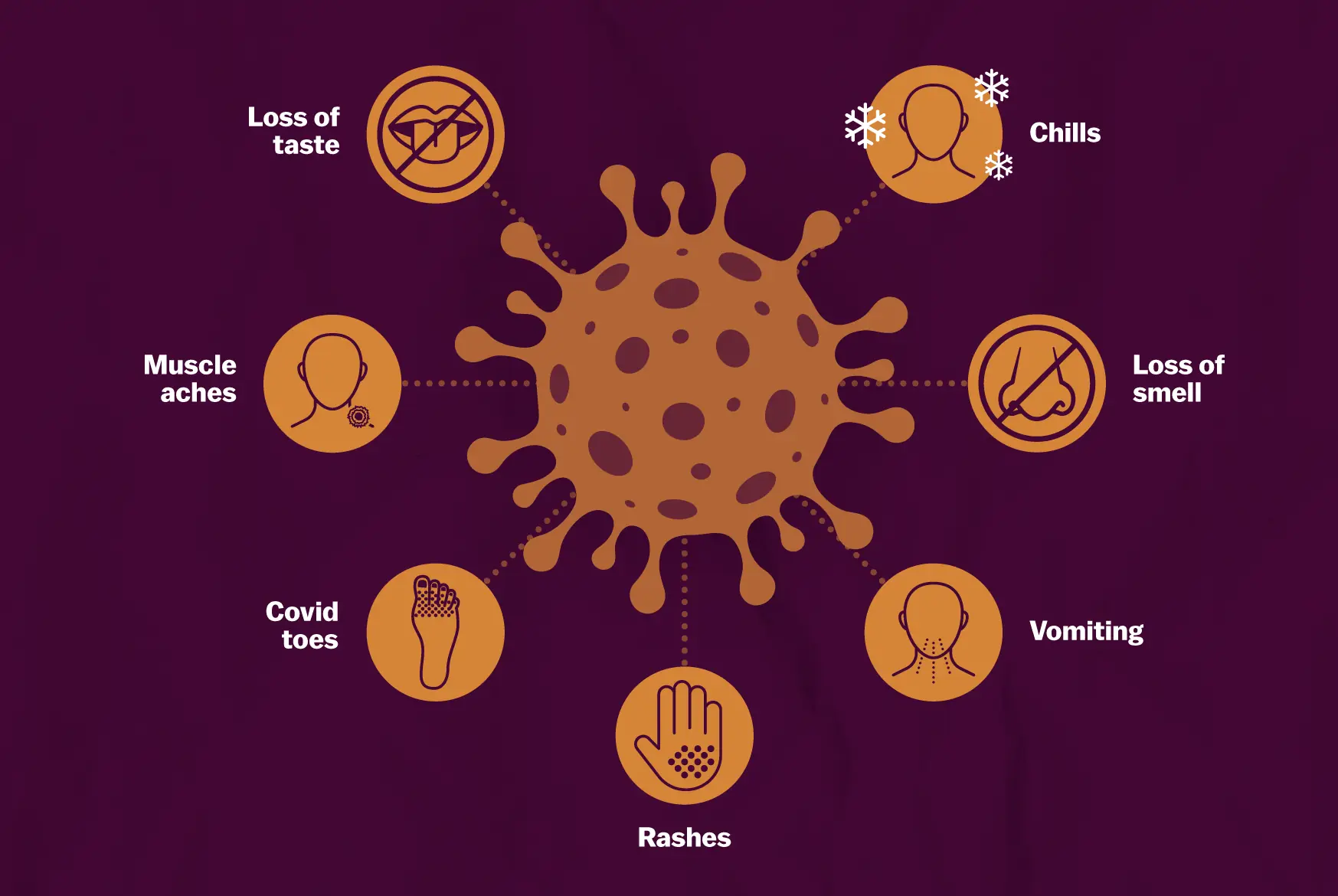
Covid-19 outbreak returns, “3 most obvious symptoms” recorded

Symptoms, signs of new COVID-19 variant spreading 7 times faster than seasonal flu

How dangerous is the cancer that former US President Joe Biden has?

Why does the Covid-19 JN.1 variant persist?

IU & V reportedly spotted dining together at a luxury restaurant

New virus discovered in bats that can infect humans like Covid-19

Cardinal Robert Francis Prevost elected as 267th pope, takes name Leo XIV

What COVID-19 variants are going around in April 2025?

Pope Francis has d.i.e.d on Easter Monday aged 88

Kristen Stewart and Dylan Meyer Are Married!

‘Depende’: David Licauco on the possibility of courting Barbie Forteza

Limo from ‘Putin’s car fleet’ is bl.o.w.n up in huge blast as troops from par.an.oid ty.r.ant’s honour guard searched for b.om.bs
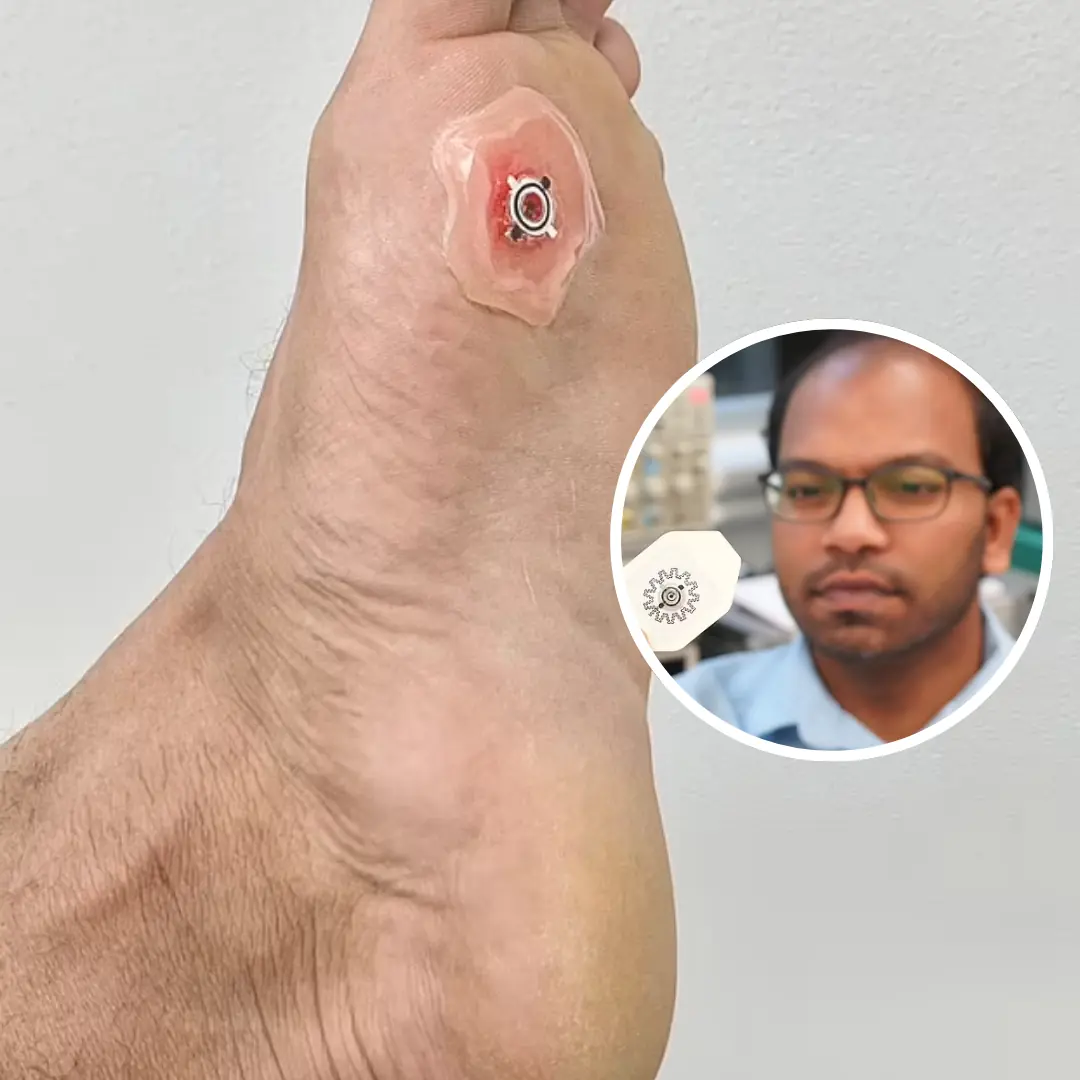
The band-aid of the future: Smart bandage heals injuries 30% faster than standard dressings by producing an electric field around the wound

NASA astronauts officially touch down on Earth for first time in 9 months after 8-day mission went wrong

Elon Musk's rocket can't take off, two scientists continue to be stuck in space

Haidilao Investigates Over 1,400 Restaurants After Customer Urinates in Hotpot
News Post

Natural foods that cleanse your liv.er and kid.neys (and help prevent kid.ney stones)

How to Eat Yogurt the Right Way for Maximum Health Benefits

Pine Cone Syrup: A Simple Beginner’s Guide to Its Benefits, Recipe, and Everyday Uses

Pokeweed (Phytolacca americana): The Beautiful but Dan.gerous Plant You Should Avoid

The Hidden Dan.ger in Your Lipstick: What You Need to Know About Cadmium Contamination

She Ignored These 5 Symptoms — Now She’s Battling Stage 4 Colon Can.cer
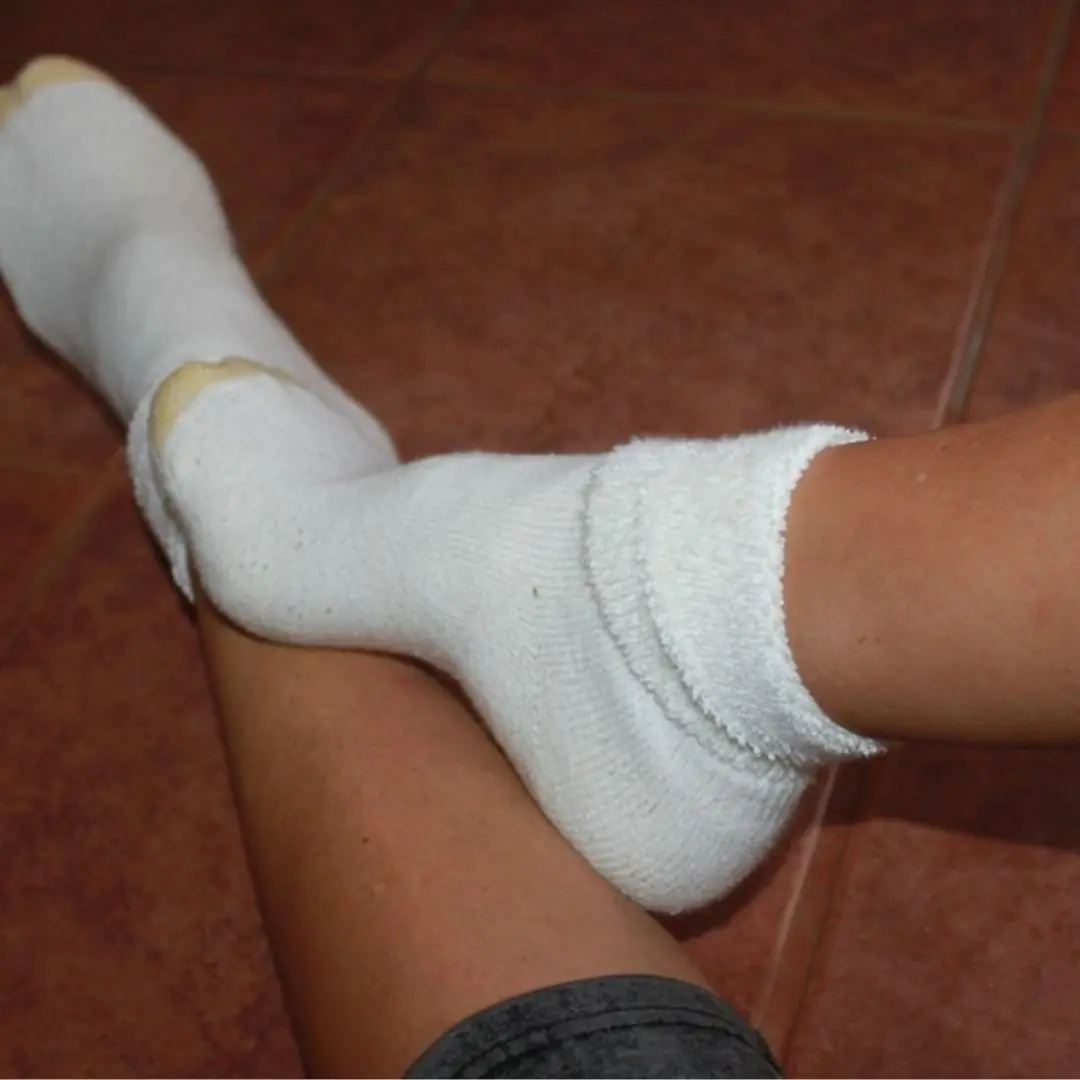
Here’s What Really Happens When You Sleep with Socks On

Don’t Throw Them Away - The Incredible Health Perks of Papaya Seeds You Need to Know

The Heroic WWI Homing Pigeons That Saved Countless Lives

This Cucumber Lemonade Will Change the Way You Think About Summer Drinks

Our Rescue Dog Found an Unconscious Older Lady in the Woods – What We Learned About Her Changed Everything

5 Signs of Appendicitis You Should Not Ignore

What You Need to Know About Vitamins and Supplements for Heart Health

11 Grilled Corn Secrets Your Taste Buds — and Your Doctor — Don’t Want You to Ignore

Nothing ki:lls faster than your own mind. Don’t stress about things that are not under your control

5 Common Causes That Can Increase Your Risk of Liv.er Disease

4 Early Warning Signs of a Stroke That Occur 15 Minutes Before It Happens

Dentist-Approved: The Right Way to Eat Fruit to Prevent Cavities

3 Dinner Swaps That Keep You Full and Speed Up Fat Loss
